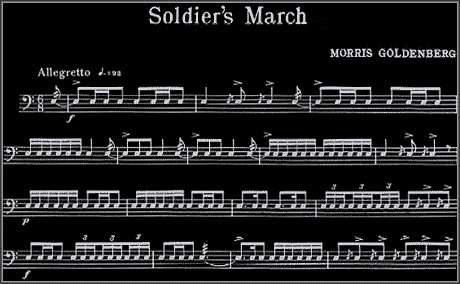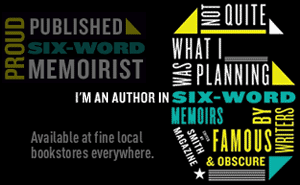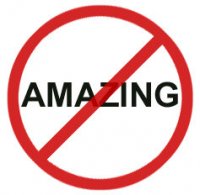
D-Day plus two, which puts us at 6/8.
It makes me think about a killer snare drum piece composed by Morris Goldenberg back in the ’60s. It’s in 6/8, and utilizes one of my favorite things in rhythm, “nested triplets”.
What this mean?
6/8 is a “compound duple” meter in music speak. “Duple” means that there are two beats per bar; “compound” (as opposed to “simple”) means that each beat has the swinging triplet subdivisions. There are a total of six eighth notes in a bar of 6/8 time, but the actual pulse is felt on beats 1 and 4. You could actually dictate a piece of 6/8 music in 2/4, but you’d need to notate triplets over every quarter note, which would be cumbersome. Interpreting the same piece of music in 6/8 is easier for both the composer and the reader.
What are “nested triplets”?
6/8 time has a triplet feel by nature. i.e.:
“ONE two three FOUR five six…”
If we were to subdivide each of these eighth notes into sixteenths, it feels like this:
“ONE and two and three and FOUR and five and six and…”
We can also subdivide each of these eighth notes into thirty-second notes. It would feel like:
“ONE e and a two e and a three e and a FOUR e and a five e and a six e and a…”
We’re not limited to these simple subdivisions, however. We can take each eighth note in the 6/8 bar, which in itself is one of a group of three, and then subdivide it further into another group of three. We’re essentially taking one note of a triplet, and then subdividing it into three evenly spaced child notes. In other words, we’re nesting a triplet into a triplet. Like this:
“ONE and a two and a three and a FOUR and a five and a six and a…”
Goldenberg’s “Soldier’s March” explores this nested triplet effect nicely, combining the nested trips with the simple subdivisions in a common context of 6/8. This creates tension; you can feel your brain being tugged back and forth from the simple and compound rhythmic worlds. The composition takes the listener outside the box a bit, introducing some unexpected math. It all adds up to an unpredictable experience that’s fun to listen to, tickling one of nerves that makes us human.
Here’s a rough recording of the piece as recorded by my pal Jon Mattox. He’s a musician, drum teacher, artist extraordinaire, and all-around nice guy:
Jon killed it in two takes. He recorded it on drum set while playing the bass drum on beat 1 and closing the hi hat on beat 4. He also slowed the tempo down a bit from Goldenberg’s text, making the nested triplets a bit easier to realize.
You can follow along with the recording by reading the sheet music here:
soldiersmarch.pdf (2 page PDF)
Feel that? I do.
A clinic on 6/8.
Thanks Jon!












Comments on this entry are closed.